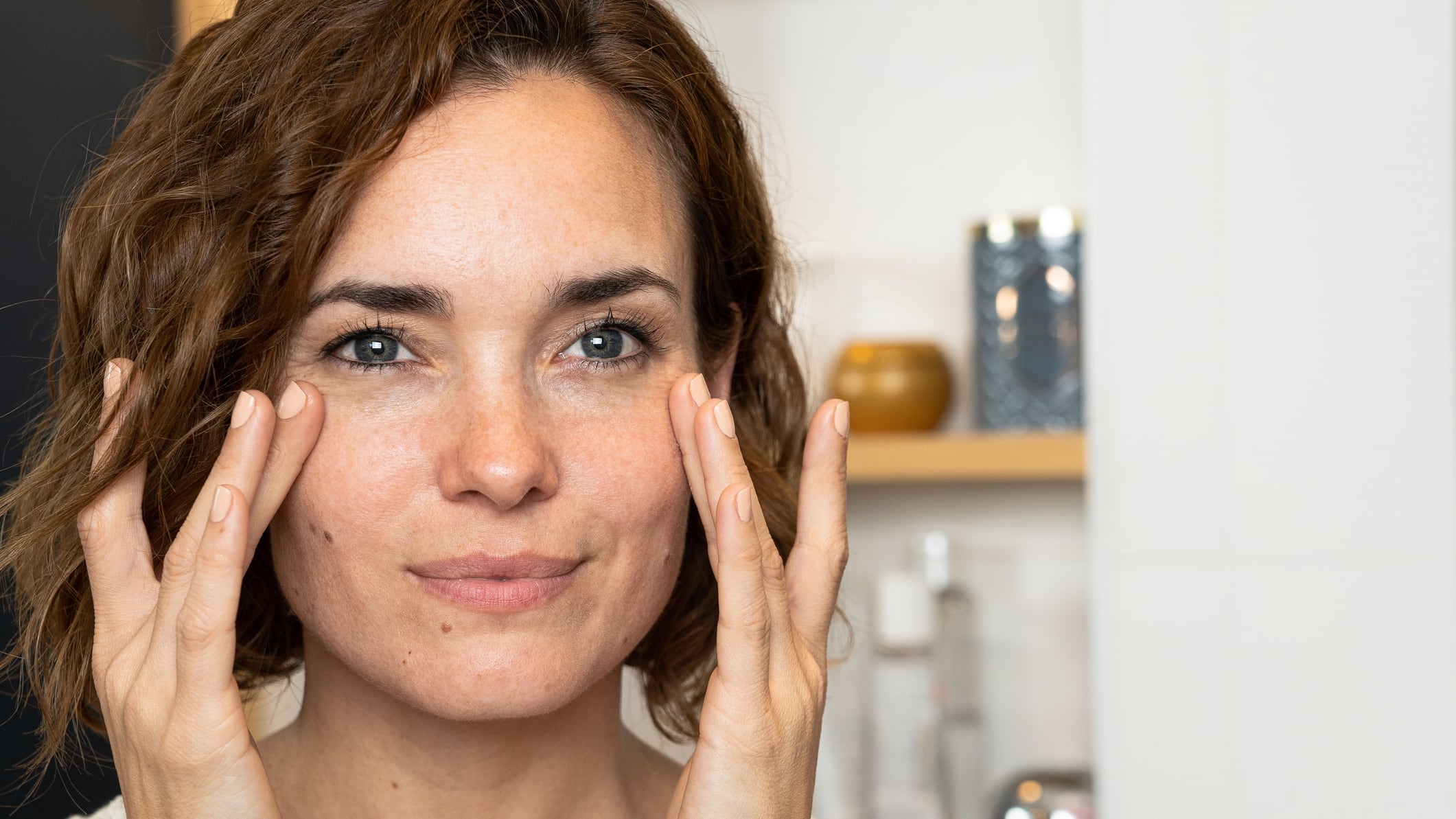Key takeaways
- Consumers increasingly view beauty and well-being as interconnected.
- Stress impacts skin health via cortisol; reducing stress can improve beauty outcomes.
- Scalp dermatology is a growing category, addressing both physical and emotional well-being.
- Unilever’s microbiome research links mood to skin bacteria, influencing youthful appearance.
- AI and data insights are accelerating ingredient innovation and product development.
- The future of beauty includes immunity, vascular health and emotional wellness.
The boundaries between beauty and well-being are rapidly dissolving, driven by consumer demand and scientific discovery. In this exclusive interview, Dr. Jason Harcup, chief R&D officer for beauty and well-being at Unilever, shares how the company is pioneering innovation at the intersection of skincare, emotional health and microbiome science. From stress-related aging to scalp dermatology and neurocosmetics, Unilever is focusing on a future where beauty is more holistic, personalized and deeply connected to inner wellness.
How are you seeing consumers shift towards a more interconnected view of beauty and well-being?
Dr Jason Harcup (JH): We’re seeing the shift, but obviously we have known for a long time about the physiological and scientific connections. At Unilever, we recently did a big survey with thousands of consumers in big markets including the US, Brazil, India and the UK and found that nine out of 10 consumers now have this affirmative belief: that beauty and well-being are interconnected and reinforce each other.
Where does this convergence of beauty and well-being sit in terms of your innovation priorities at Unilever? Is it important for you?
JH: Yes, absolutely. But I want to mention that in that same study, we found that more than 50% of consumers felt that they must compromise, so for example if they get the beauty, they don’t really get the well-being or vice versa. Therefore, we have a firm belief that they are interconnected, and one enhances the other, so trade-offs aren’t necessarily what you need to do.
We know the basis of why well-being of beauty should be connected. So, for example, with mood, we know that stress, which is an internally felt emotion can give real outcomes in beauty; it can determine your outcomes.
For example, with the stress hormone, cortisol, which correlates with first being under stress, but also with accelerated aging. The things that you can do to limit that can then, in turn, give mood benefits back. So, from our innovation priorities at Unilever, we see it’s a real strength of the positions that we hold in market that we have a real solid strength in well-being. From products like Nutrafol and hair loss, through to sleep products across brands like Ollie, all the way through to beauty. For brands like Dove and Vaseline there is also a rapidly growing area in scalp dermatology.
In terms of the beauty-from-within space, where is Unilever seeing the most impact for the business right now?
JH: The products that you can bring in this space are developing very, very quickly. Nutrafol for example, is now the number one dermatologist hair growth brand supplement in the United States. The way it’s configured is addressing six different causes, and one of these is stress. So, you can, you can create these paths. Similarly in scalp issue you can get a vicious circle because you know you are itching, then it exaggerates the flakes and that makes you feel worse, then you get more stress and then you itch more. And so, breaking that cycle and moving the category towards scalp dermatology, which is what we’re doing there, is breaking that cycle in two ways, as it uplifts emotional well-being as well.
There’s a fertile ground on the science side of things and I’m excited about the role that microbiome can play here too, as that is another rich area for innovation.
You’re starting to discuss the brain-skin-axis and potential for neurocosmetics. Unilever has just had a breakthrough clinical study published on the brain skin axis. Can you tell us a bit more about that one, please?
JH: Yes, thank you for following our publications—it was in the British Journal of Dermatology. We’ve been active in microbiome research for a very long time. You know, we have a library of 30,000 samples collected from everyone everywhere with massive data sets. It took a long time to get data, but the real bottleneck was insights. But now of course, we have AI and LLMS so the insights are no longer the bottleneck—there’s suddenly this explosion of what you can do, and we’re keen to get our findings out there.
In the paper you’re referencing, we found that the microbiome on the skin has a role in stress, and you find that there are bacterial correlations between the mood that somebody is in and the presence of certain bacterial species that are common to the skin.
The cutibacterium (C. acnes) tend to be higher on the face when you’re in a state of lower stress, when you’re feeling more chilled. So now we’ve got this connection between how you’re feeling and what microbes are on the surface of your skin. We found that younger skin has more of them, so it’s one of the species that you see more in younger skin than in older skin, and it’s one that you see more in skin that is perceived as younger rather than skin that is perceived as older. So, this is wonderful because the mood is affecting the microbial composition and that in turn is associated with more youthful outward appearance. You have this amazing link that makes it very fertile for product innovation.
How could this brain-skin axis science influence your future product pipelines?
JH: For our skin care brand Tatcha, one product features our Forest Awakening Oil with Hinoki Oil, which is something that does these two things. You get this natural uplifting oxytocin, which is associated with the feel-good hormones, and then at the same time you’re getting faster skin renewal. So, this is all coming together and anything that is applied to the skin is playing a role in the microbial diversity too. But it’s always my problem of not being able to tell you the most exciting stuff quite yet because we want you to enjoy the surprise when we launch it.
OK, fair enough. So which ingredient technologies do you see driving innovation in the science of beauty and well-being?
JH: This is an ever-evolving area. I do feel that the explosion in AI and digital driven insights enables you to make even more of good, natural, well-known ingredients and some of the less well-known ones, like the Hinaki Oil for instance.
I think it’s the combinations of certain things—like what we have in Nutrafol—that enable something. The ingredients are all about how you mix them in the combination. So, I do think that as we’re seeing in other fields that combinatorial understanding of good compounds that are going to be able to give these sorts of supplementary benefits. That, for me, is something that I feel consumers do look for more now.
What does the future look like as beauty and well-being continue to converge?
JH: Exciting. It’s very fertile and very creative. I’ve talked about these inside-out benefits related to mood, but we could think of vascular health, or we could think of immunity too. We’ve got an incredible brand in Ollie that looks after immunity, and it’s bearing on beauty is just becoming increasingly understood. So, I do feel that we’re about to enter a golden age because all these things are coming together. With the microbiome data and insights, we have, that’s a massive territory in this space. That the role that the microbiome is playing, which is all about the surface of your skin. I think that is the place to be taking things. It’s a very exciting time, isn’t it?
The shift toward interconnected beauty: Free broadcast
To learn more about the shift toward holistic, interconnected beauty and the future of the nutricosmetics market and the entire cosmetics industry, tune into our free webinar on the topic. It featured Dr. Jason Harcup along with three other leading beauty and wellness experts including Dr. Marie Drago, founder of microbiome-based beauty brand Gallinée, Steffen Wegener, managing director of HECH (winner of our Nutra Awards Beauty Product of the Year) and Shiyan Zering, senior research analyst at Mintel.
Sign up here to watch our special broadcast to learn how the beauty-from-within trend is redefining skincare and wellness, with insights on nutricosmetics, neurocosmetics, the gut-skin axis and more.




